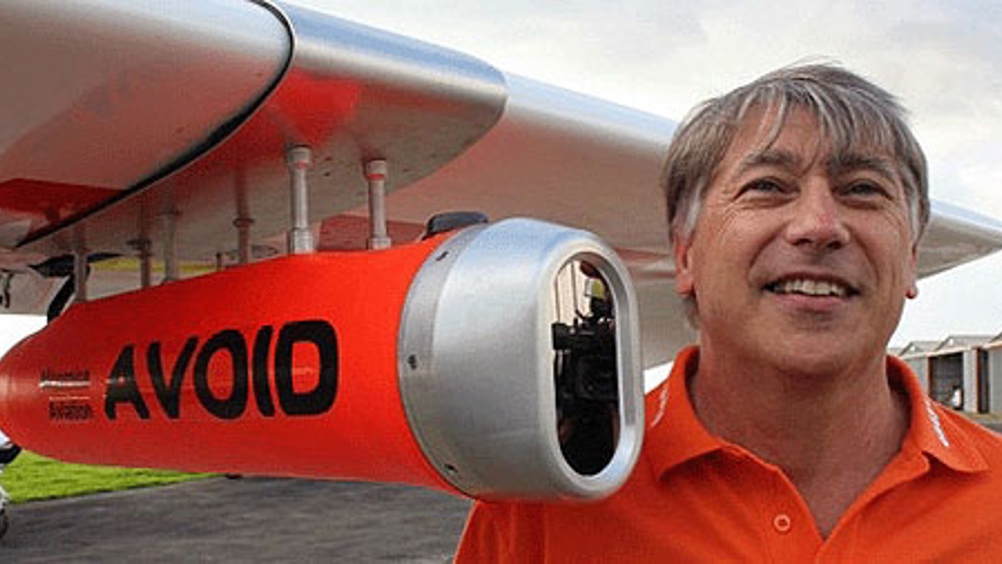Device for the avoidance of volcanic ash clouds has trial
A device that could help pilots avoid volcanic ash clouds has been successfully trialled on a small aircraft flying over Mount Etna.

The technology, referred to as AVOID (Airborne Volcanic Object Imaging Detector), could eliminate the risk of another Eyjafjallajökull crisis, which saw 95,000 flights grounded and cost BAA in excess of £28m. The flights were grounded as a precautionary measure over fears that volcanic ash would be sucked into jet engines and melt, causing them significant damage and even failure.
The AVOID technology involves placing two infrared cameras onto an aircraft to supply images to pilots and an airline’s flight-control centre.
The device clocked up a total of 30 hours’ flight time when it was trialled in mid-November under the wing of a micro-light aircraft flying over Europe’s most active volcano, Mount Etna in Sicily, at altitudes of 12,000ft.
However, the technology is likely to have its greatest impact on commercial airlines, all of which were grounded for six days, causing flights to be cancelled due to concerns about the effects of ash on the blades of jet engines.
Register now to continue reading
Thanks for visiting The Engineer. You’ve now reached your monthly limit of news stories. Register for free to unlock unlimited access to all of our news coverage, as well as premium content including opinion, in-depth features and special reports.
Benefits of registering
-
In-depth insights and coverage of key emerging trends
-
Unrestricted access to special reports throughout the year
-
Daily technology news delivered straight to your inbox










UK Enters ‘Golden Age of Nuclear’
The delay (nearly 8 years) in getting approval for the Rolls-Royce SMR is most worrying. Signifies a torpid and expensive system that is quite onerous...